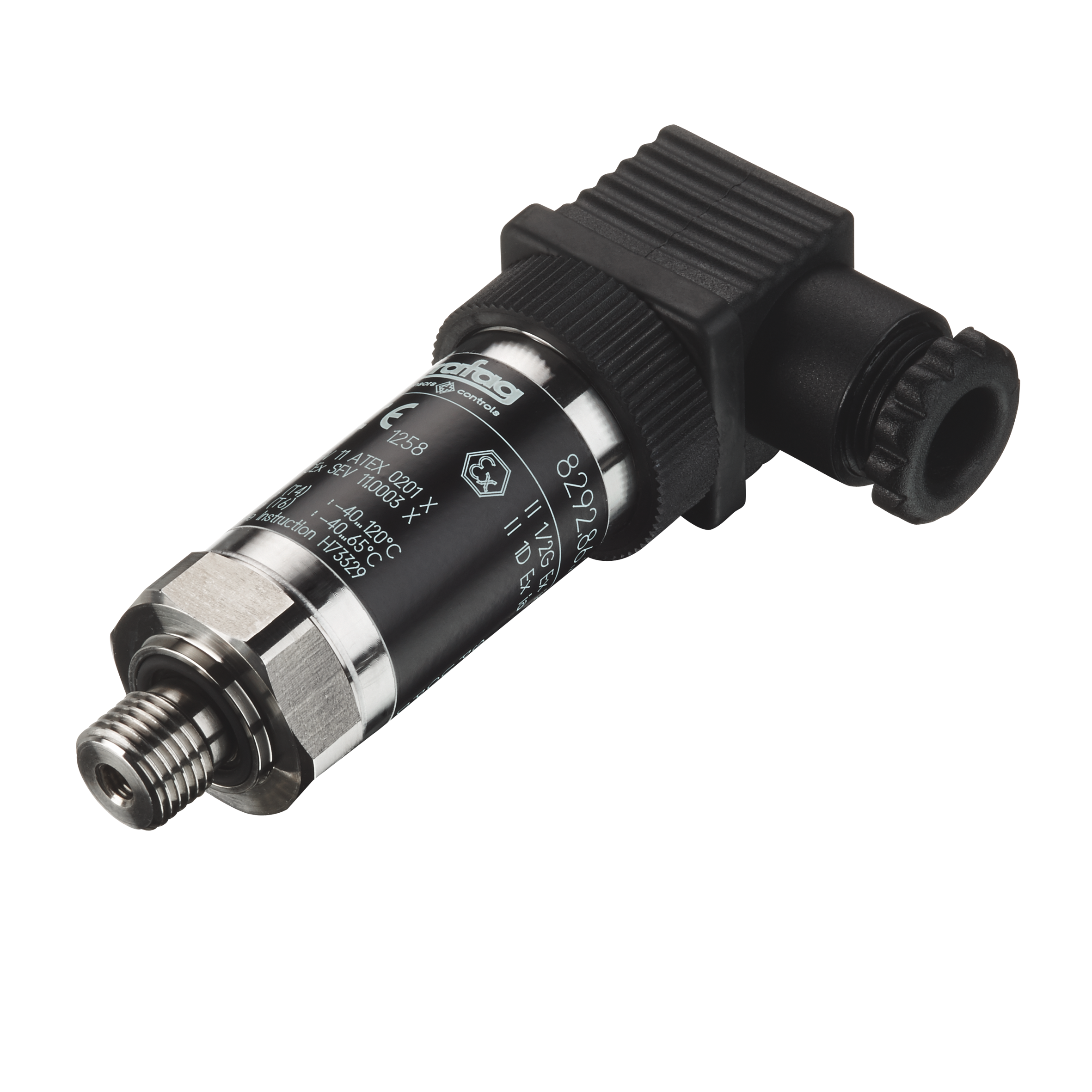Imperas Software Ltd announces the release of the first open-source SystemVerilog RISC-V processor functional coverage library for RISC-V cores. The initial release is for RV32IMC, RV64 and other ratified extensions are under development and will also be released as part of the popular riscvOVPsimPlus, package with a free-to-use permissive license from Imperas, which covers free commercial as well as academic use.
Design Verification (DV) teams use coverage analysis as the key metric for progress towards the completion of verification plans. In a complex design such as a RISC-V processor, the ISA (Instruction Set Architecture) provides the basic guidelines for instruction level functionality. The development of an instruction-level SystemVerilog functional coverage library requires both an understanding of the verification process and the general requirements of the DV community. Imperas had previously developed these libraries over time to support multiple customer projects and users of the Imperas commercial tools, such as ImperasDV. However, with the rapid growth in RISC-V adoption and many new teams now undertaking a complex RISC-V processor DV task for the first time, the emerging RISC-V verification community has an urgent need for quality Verification IP from a reliable source.
Today SystemVerilog and UVM are the most trusted standards in SoC and IP verification. SystemVerilog was adopted as a standard by IEEE and Accellera based on Superlog originally developed by Co-Design Automation which included Imperas founder and CEO Simon Davidmann, Peter Flake, and Phil Moorby. The history and development of SystemVerilog was the subject of a paper at the ACM (Association for Computing Machinery) prestigious HOPL IV event in 2021 which is held every 10 years. The full text of the paper, ‘Verilog HDL and Its Ancestors and Descendants’, is available HERE. https://dl.acm.org/doi/10.1145/3386337
Imperas Software Ltd announces the release of the first open-source SystemVerilog RISC-V processor functional coverage library for RISC-V cores. The initial release is for RV32IMC, RV64 and other ratified extensions are under development and will also be released as part of the popular riscvOVPsimPlus, package with a free-to-use permissive license from Imperas, which covers free commercial as well as academic use.
Design Verification (DV) teams use coverage analysis as the key metric for progress towards completion of verification plans. In a complex design such as a RISC-V processor, the ISA (Instruction Set Architecture) provides the basic guidelines for instruction level functionality. The development of an instruction level SystemVerilog functional coverage library requires both an understanding of the verification process and the general requirements of the DV community. Imperas had previously developed these libraries over time to support multiple customer projects and users of the Imperas commercial tools, such as ImperasDV. However, with the rapid growth in RISC-V adoption and many new teams now undertaking a complex RISC-V processor DV task for the first time, the emerging RISC-V verification community has an urgent need for quality Verification IP from a reliable source.
Today SystemVerilog and UVM are the most trusted standards in SoC and IP verification. SystemVerilog was adopted as a standard by IEEE and Accellera based on Superlog originally developed by Co-Design Automation which included Imperas founder and CEO Simon Davidmann, Peter Flake, and Phil Moorby. The history and development of SystemVerilog was the subject of a paper at the ACM (Association for Computing Machinery) prestigious HOPL IV event in 2021 which is held every 10 years. The full text of the paper, Verilog HDL and Its Ancestors and Descendants, is available HERE.
 Engineer News Network The ultimate online news and information resource for today’s engineer
Engineer News Network The ultimate online news and information resource for today’s engineer




